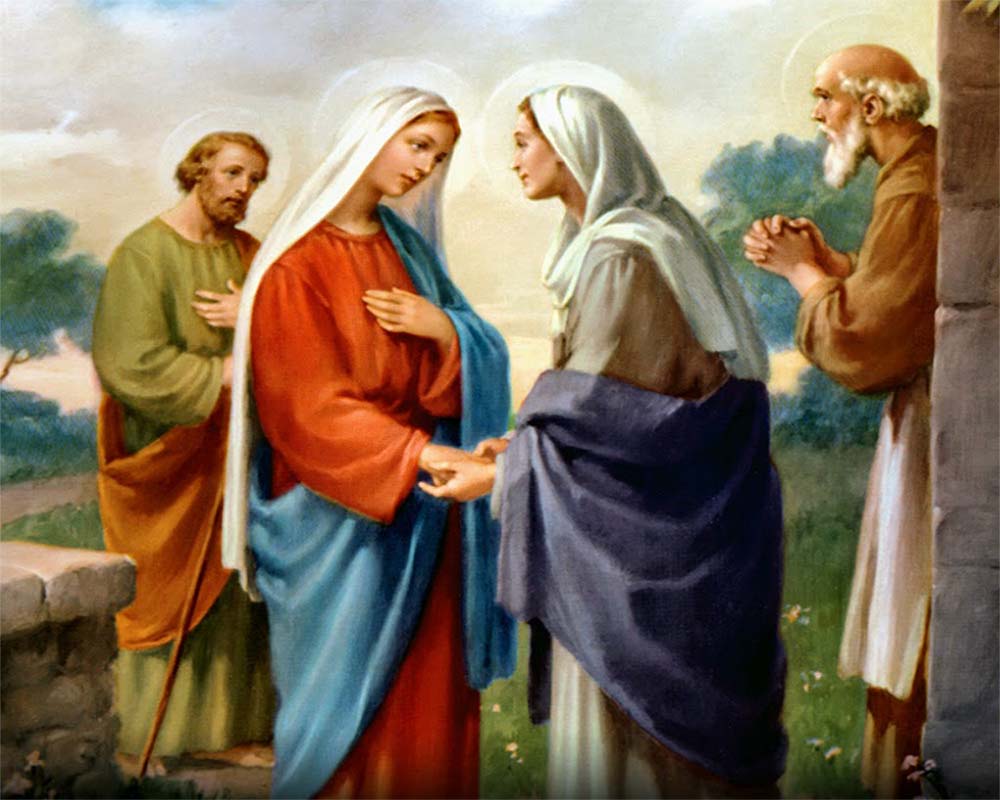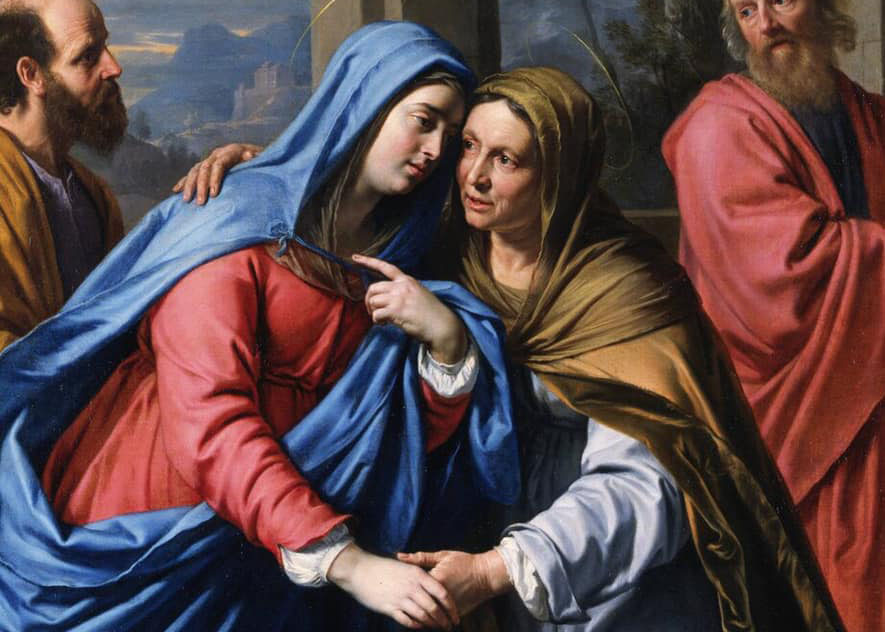How Our Lady presents Jesus, even with her presence, and with her praises. I also go through some similarities between this event, and the “adventures” of the Arc of the Covenant in the Old Testament. A lot of little factoids in here.
Show Notes
Below you’ll find:
•The Glory Cloud of the Old Testament foreshadows the Blessed Mother
• Similarities between the visitation and events in the Old Testament
Glory Cloud, as explained in the Catechism of the Catholic Church’
In the theophanies of the Old Testament, the cloud, now obscure, now luminous, reveals the living and saving God, while veiling the transcendence of his glory — with Moses on Mount Sinai, at the tent of meeting, and during the wandering in the desert, and with Solomon at the dedication of the temple. In the Holy Spirit, Christ fulfills these figures [types]. The Spirit comes upon the Virgin Mary and “overshadows” her, so that she might conceive and give birth to Jesus. On the mountain of Transfiguration, the Spirit in the “cloud came and overshadowed” Jesus, Moses and Elijah, Peter, James and John, and “a voice came out of the cloud, saying, ‘This is my Son, my Chosen; listen to him!”‘ Finally, the cloud took Jesus out of the sight of the disciples on the day of his Ascension and will reveal him as Son of man in glory on the day of his final coming. The glory of the Lord “overshadowed” the ark and filled the tabernacle (CCC 697).
Visitation, and the Old Testament
What are the connections between the visitation of Mary to Elizabeth, and the Arc of the Covenant’s “adventures” in the Old Testament?
Rather than write this from scratch, which would have taken some time, I am providing the following from catholic culture .org, written by Steve Ray, author of Crossing the Tiber.
- Mary arose and went to the hill country of Judea. Ein Kerem (where Elizabeth lived) and Abu Ghosh (where the ark resided) are only a short walk apart. Mary and the ark were both on a journey to the same hill country of Judea.
- When David saw the ark he rejoiced and said, “How can the ark of the Lord come to me?” Elizabeth uses almost the same words: “Why is this granted me, that the mother of my Lord should come to me?” Luke is telling us something — drawing our minds back to the Old Testament, showing us a parallel.
- When David approached the ark he shouted out and danced and leapt in front of the ark. He was wearing an ephod, the clothing of a priest. When Mary, the Ark of the New Covenant, approached Elizabeth, John the Baptist leapt in his mother’s womb — and John was from the priestly line of Aaron. Both leapt and danced in the presence of the ark. The Ark of the Old Covenant remained in the house of Obed-edom for three months, and Mary remained in the house of Elizabeth for three months. The place that housed the ark for three months was blessed, and in the short paragraph in Luke, Elizabeth uses the word blessed three times. Her home was certainly blessed by the presence of the ark and the Lord within.
- When the Old Testament ark arrived — as when Mary arrived — they were both greeted with shouts of joy. The word for the cry of Elizabeth’s greeting is a rare Greek word used in connection with Old Testament liturgical ceremonies that were centered around the ark and worship (cf. Word Biblical Commentary, 67). This word would flip on the light switch for any knowledgeable Jew.
- The ark returns to its home and ends up in Jerusalem, where God’s presence and glory is revealed in the temple (2 Sam. 6:12; 1 Kgs. 8:9-11). Mary returns home and eventually ends up in Jerusalem, where she presents God incarnate in the temple (Luke 1:56; 2:21-22).
Remember to sign-up for my newsletter!





